A Brief Overview of Raman Spectroscopy in Life Sciences
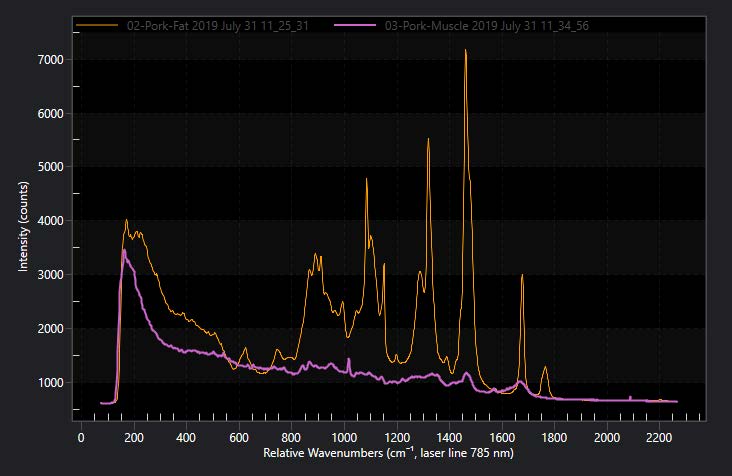
Raman spectroscopy has become a widely used tool in biomedical engineering and life science for its diagnostic potential. It is used in medical research, studying the biochemical environment of single cells or monitoring the reaction of cells to drugs, pharmaceutical industry for process and quality control in the manufacturing of drugs. In medical diagnostics Raman spectroscopy has been recognized for its high diagnostic potential…Read Full Article
Ultra-Multiplex CARS Spectroscopic Imaging of Living Cells
Popular molecular imaging techniques are only able to reveal the distribution or behavior of specific molecules within the human body that have been labeled with pigments or fluorescent proteins. Raman spectroscopy, however, allows researchers to identify the components of…Read Full Article
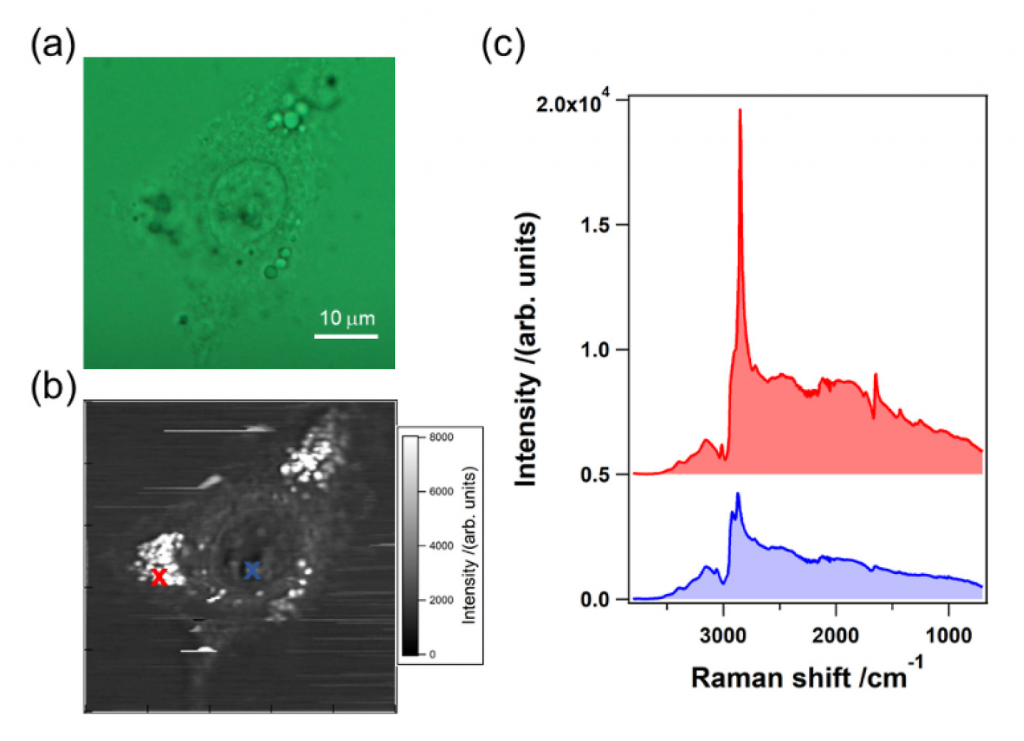
NIR Spectroscopy Aids in the Diagnosis of Neonatal Brain Injury
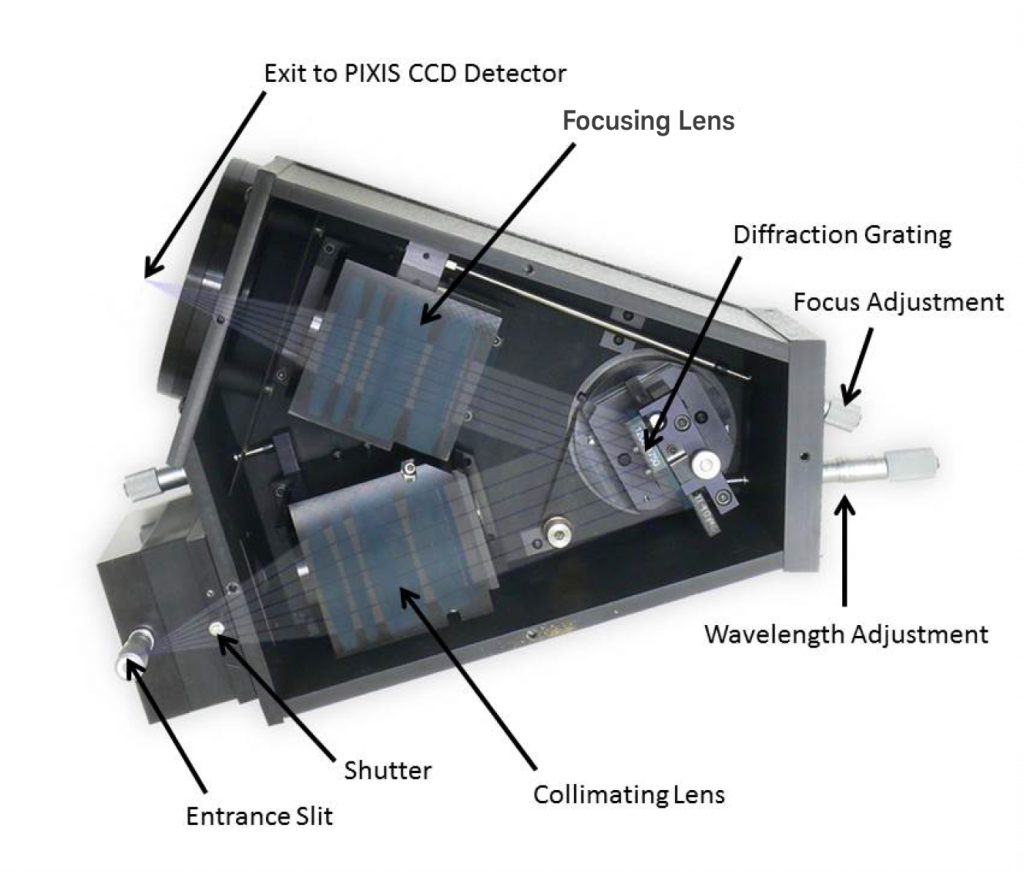
Over the past several years, biomedical researchers and engineers working in labs, hospitals, and universities around the world have developed an extensive set of spectroscopy-based methods — including a new class of noninvasive in vivo techniques utilizing near-infrared spectroscopy (NIRS) — to facilitate the rapid and accurate detection and…Read Full Article
Ultra-High-Speed, Time-Resolved Spontaneous Raman Scattering Spectroscopy in Combustion
In combustion, until recently only two temporal optical gating schemes were available to increase signal-to-noise ratio (SNR) for time-resolved spontaneous Raman scattering (SRS) spectroscopy. Problematic optical background noise could be rejected either by electronic gating with an image intensifier or by using a mechanical shutter. Unfortunately, each of these traditional approaches has its shortcomings.
Image intensifiers, for example, provide excellent optical background noise rejection via…Read Full Article
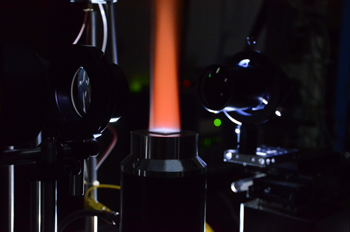
Using Raman Spectroscopy to Detect Malignant Changes in Tissues
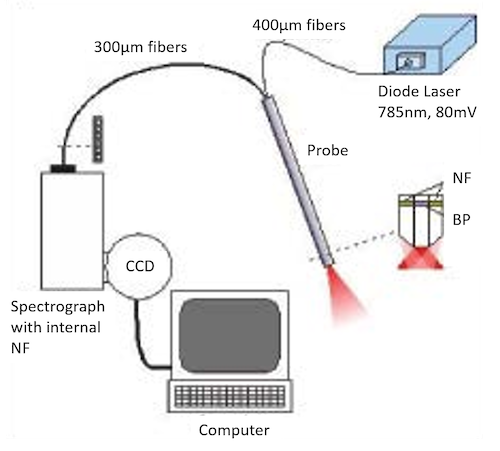
Accurate, rapid and non-invasive detection and diagnosis of malignant disease in tissues is an important goal of biomedical research. Optical methods, such as diffuse reflectance, fluorescence spectroscopy, and Raman spectroscopy, have all been investigated as ways to attain this goal. Diffuse reflectance utilizes…Read Full Article
